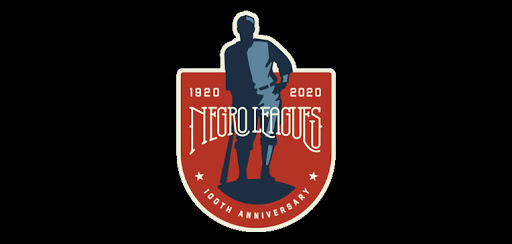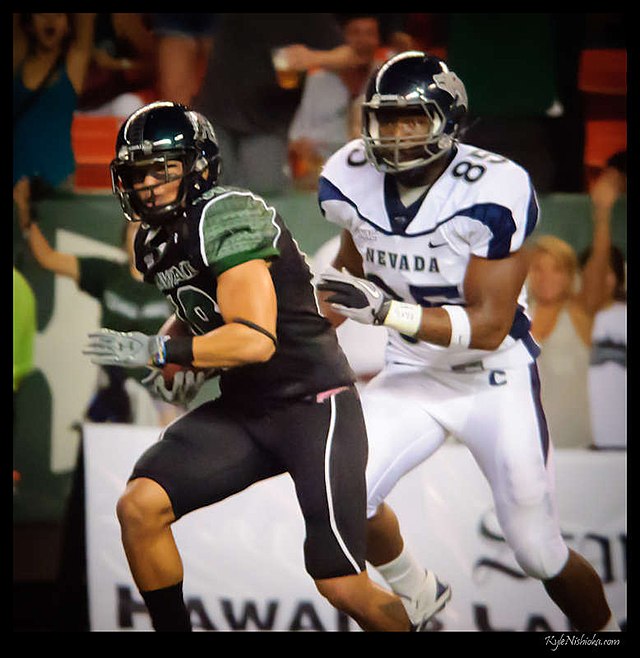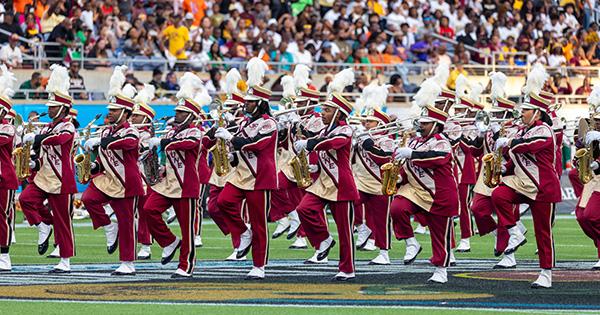Celebrating 100 Years of the Negro Leagues
As the World Series begins tonight in Major League Baseball, it marks the beginning of the end of what has been a season like no other. Despite the tumultuous start of the year due to the COVID-19 pandemic, MLB honored the 100th anniversary of the Negro Leagues throughout the season. Whether it was on the mound, at the plate, or in the outfield, these incredible athletes amazed the fans throughout the decades with skills that often surpassed their major league counterparts. Although several of these players could not get the opportunity to showcase their talents on a greater platform due to segregation, the Black and Latin players who populated places from Birmingham to Kansas City are forever remembered for their accomplishments.
Although MLB officially recognizes 2020 as the 100th anniversary, the unofficial Negro Leagues actually started in 1885 as the Cuban Giants were the first black professional baseball team. There were several smaller leagues that operated during the 1920s, such as the Negro Southern League from 1920-1936, and they did so by going into smaller towns where MLB teams did not have franchises. When players began to integrate after Jackie Robinson joined the Los Angeles Dodgers in 1947, it spelled the end of the Negro Leagues as the last official season took place in 1954 with the Negro National Baseball Association.
Hundreds of players graced the Negro League diamonds, and here are just a few of the legendary stars.
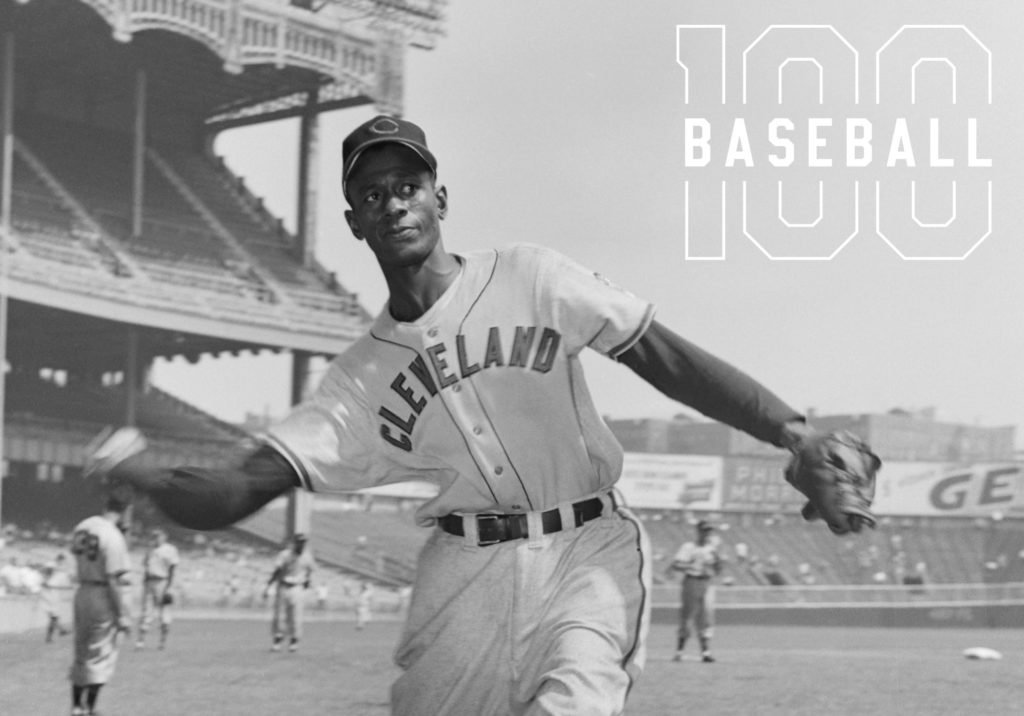 Satchel Paige – Paige was the first black pitcher to play in the American League and was the seventh black player to play in Major League Baseball. He comprised a win-loss record of 100-50 in the Negro Leagues, playing for such teams as the Birmingham Black Barons to the New York Black Yankees. Also in 1948, Paige became the first player who had played in the Negro leagues to pitch in the World Series as the Cleveland Indians won the championship. In 1971, Paige became the first Negro League player to be elected into the Baseball Hall of Fame.
Satchel Paige – Paige was the first black pitcher to play in the American League and was the seventh black player to play in Major League Baseball. He comprised a win-loss record of 100-50 in the Negro Leagues, playing for such teams as the Birmingham Black Barons to the New York Black Yankees. Also in 1948, Paige became the first player who had played in the Negro leagues to pitch in the World Series as the Cleveland Indians won the championship. In 1971, Paige became the first Negro League player to be elected into the Baseball Hall of Fame.
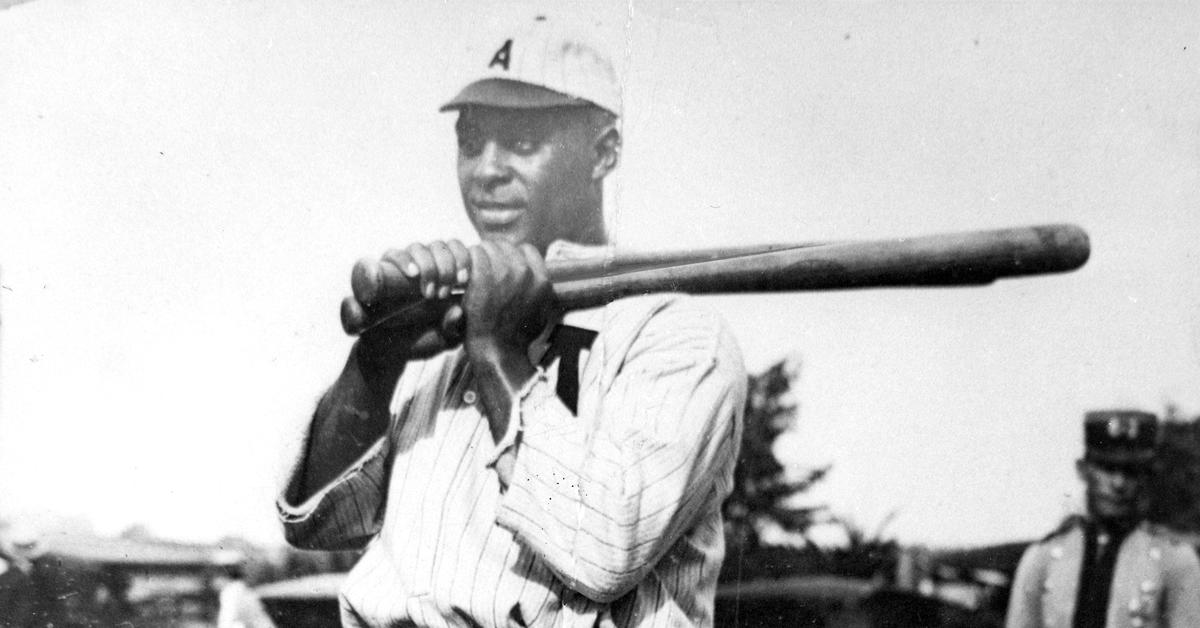 Oscar Charleston – Playing from 1915 – 1941, Charleston was an outfielder, starting his career with the Indianapolis ABCs. He was also a player-manager for the Brooklyn Black Dodgers, known for recruiting such players as Roy Campanella, and preparing them to integrate the Major Leagues. Hitting .339 over his career, he was elected to the Baseball Hall of Fame in 1976. He also served three years in the United States Army.
Oscar Charleston – Playing from 1915 – 1941, Charleston was an outfielder, starting his career with the Indianapolis ABCs. He was also a player-manager for the Brooklyn Black Dodgers, known for recruiting such players as Roy Campanella, and preparing them to integrate the Major Leagues. Hitting .339 over his career, he was elected to the Baseball Hall of Fame in 1976. He also served three years in the United States Army.
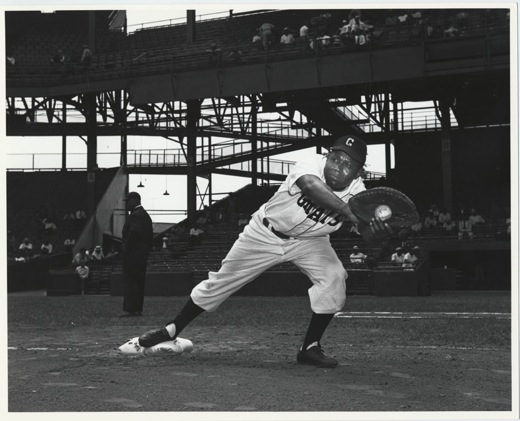 Buck Leonard – Named in 1999 as one of the top 100 Greatest Baseball Players of all time, Leonard was a standout first baseman for the Homestead Grays during the 1930s. He played 16 years for the Grays, who were often compared to the New York Yankees of that time for their dominance on the diamond. Sporting a .350 batting average, Leonard had the opportunity to play in the Major Leagues but instead declined and spent the remainder of his playing career in Mexico. He was elected to the Hall of Fame in 1972.
Buck Leonard – Named in 1999 as one of the top 100 Greatest Baseball Players of all time, Leonard was a standout first baseman for the Homestead Grays during the 1930s. He played 16 years for the Grays, who were often compared to the New York Yankees of that time for their dominance on the diamond. Sporting a .350 batting average, Leonard had the opportunity to play in the Major Leagues but instead declined and spent the remainder of his playing career in Mexico. He was elected to the Hall of Fame in 1972.
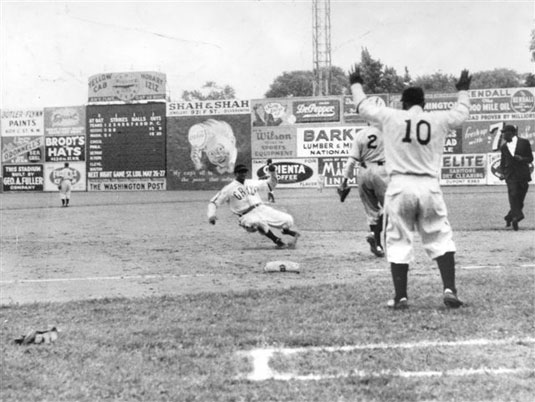 James Thomas “Cool Papa” Bell – “Bell was so fast he could turn off the light and be under the covers before the room got dark.” Those were the words of Satchel Paige. Whether or not that theory was true may never be known, what is known is that Bell was one of the fastest players to ever grace the Negro Leagues. His 24 year career saw him convert from a pitcher to an outfielder, winning three league titles with the St. Louis Stars in the 1920s. Eventually he and several other players went to the Dominican Republic to play for dictator Rafael Trujillo. He was inducted into the Hall of Fame in 1974.
James Thomas “Cool Papa” Bell – “Bell was so fast he could turn off the light and be under the covers before the room got dark.” Those were the words of Satchel Paige. Whether or not that theory was true may never be known, what is known is that Bell was one of the fastest players to ever grace the Negro Leagues. His 24 year career saw him convert from a pitcher to an outfielder, winning three league titles with the St. Louis Stars in the 1920s. Eventually he and several other players went to the Dominican Republic to play for dictator Rafael Trujillo. He was inducted into the Hall of Fame in 1974.
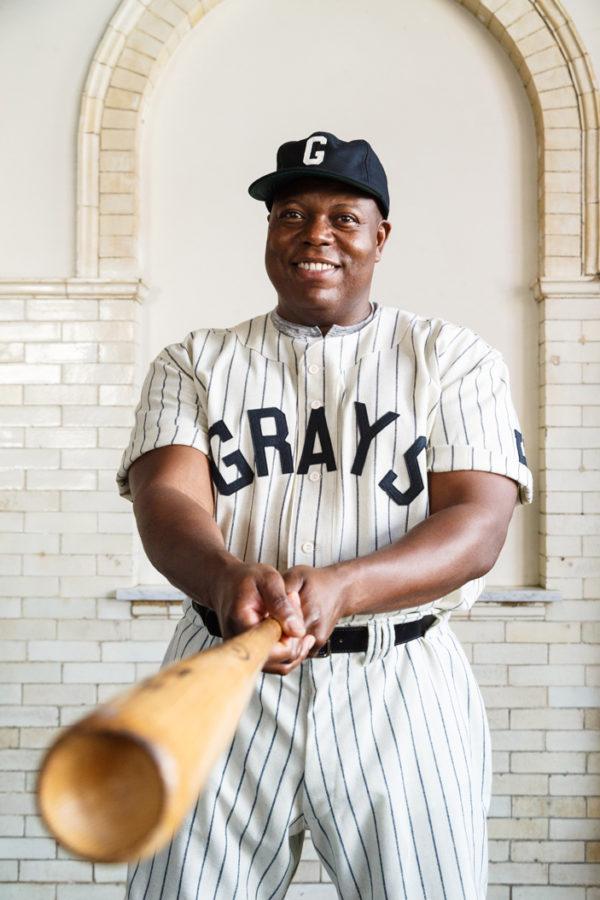 Josh Gibson – The Homestead Grays were earlier compared to the New York Yankees of the 1930s for their ability to win championships, and one could argue that their slugger Josh Gibson was greater than that of Babe Ruth. The legendary catcher hit .359 and rumor has it that he hit upwards of 836 homeruns, which would eclipse Barry Bonds as the all time homerun king. Playing 16 years for the Grays and Pittsburgh Crawfords, Gibson was elected to the Hall of Fame in 1972 along with teammate Buck Leonard.
Josh Gibson – The Homestead Grays were earlier compared to the New York Yankees of the 1930s for their ability to win championships, and one could argue that their slugger Josh Gibson was greater than that of Babe Ruth. The legendary catcher hit .359 and rumor has it that he hit upwards of 836 homeruns, which would eclipse Barry Bonds as the all time homerun king. Playing 16 years for the Grays and Pittsburgh Crawfords, Gibson was elected to the Hall of Fame in 1972 along with teammate Buck Leonard.
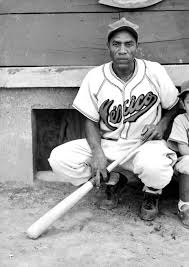 Willie Wells – Nicknamed “The Devil,” Wells was a spectacular shortstop who was widely known for teaching Jackie Robinson how to turn the double play. Wells hit .319 for teams such as the St. Louis Stars and the Memphis Red Sox. He was the first player to wear a helmet after suffering a concussion. He played 24 years in both the United States and Latin America. The Veterans Committee voted him into the Hall of Fame in 1997.
Willie Wells – Nicknamed “The Devil,” Wells was a spectacular shortstop who was widely known for teaching Jackie Robinson how to turn the double play. Wells hit .319 for teams such as the St. Louis Stars and the Memphis Red Sox. He was the first player to wear a helmet after suffering a concussion. He played 24 years in both the United States and Latin America. The Veterans Committee voted him into the Hall of Fame in 1997.
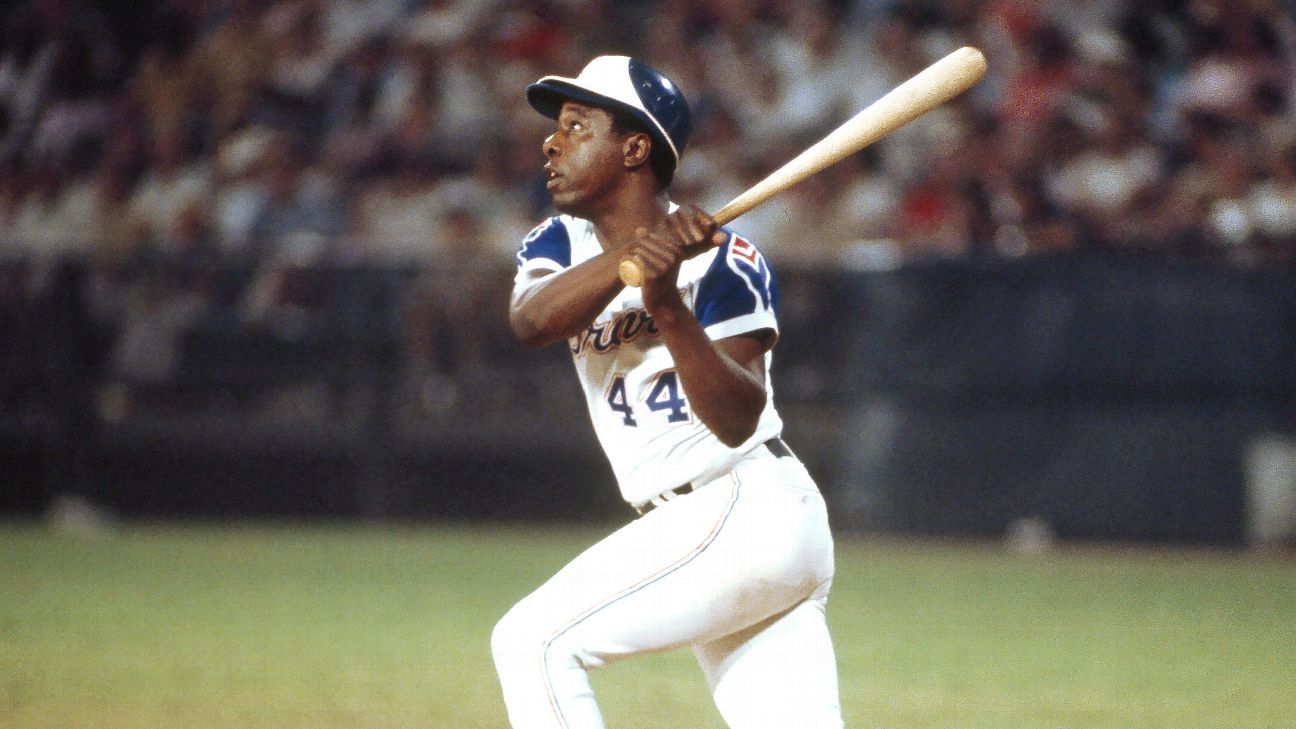 Hank Aaron – April 8, 1974 was the day that Hank Aaron, born to sharecroppers in Mobile, Alabama, broke what was considered the unbreakable record of 714 home runs. It was the apex of a career that spanned three decades, from the Indianapolis Clowns to the Milwaukee/Atlanta Braves. The call by legendary Dodgers broadcaster Vin Scully that spring night in Georgia describes the victory that Aaron received as he circled the bases:
Hank Aaron – April 8, 1974 was the day that Hank Aaron, born to sharecroppers in Mobile, Alabama, broke what was considered the unbreakable record of 714 home runs. It was the apex of a career that spanned three decades, from the Indianapolis Clowns to the Milwaukee/Atlanta Braves. The call by legendary Dodgers broadcaster Vin Scully that spring night in Georgia describes the victory that Aaron received as he circled the bases:
“What a marvelous moment for baseball; what a marvelous moment for Atlanta and the state of Georgia; what a marvelous moment for the country and the world. A Black man is getting a standing ovation in the Deep South for breaking a record of an all-time baseball idol. And it is a great moment for all of us, and particularly for Henry Aaron…”
He would go on to hit 755 home runs, and was the last Negro league player to hold a regular position in Major League Baseball when he joined the Braves.
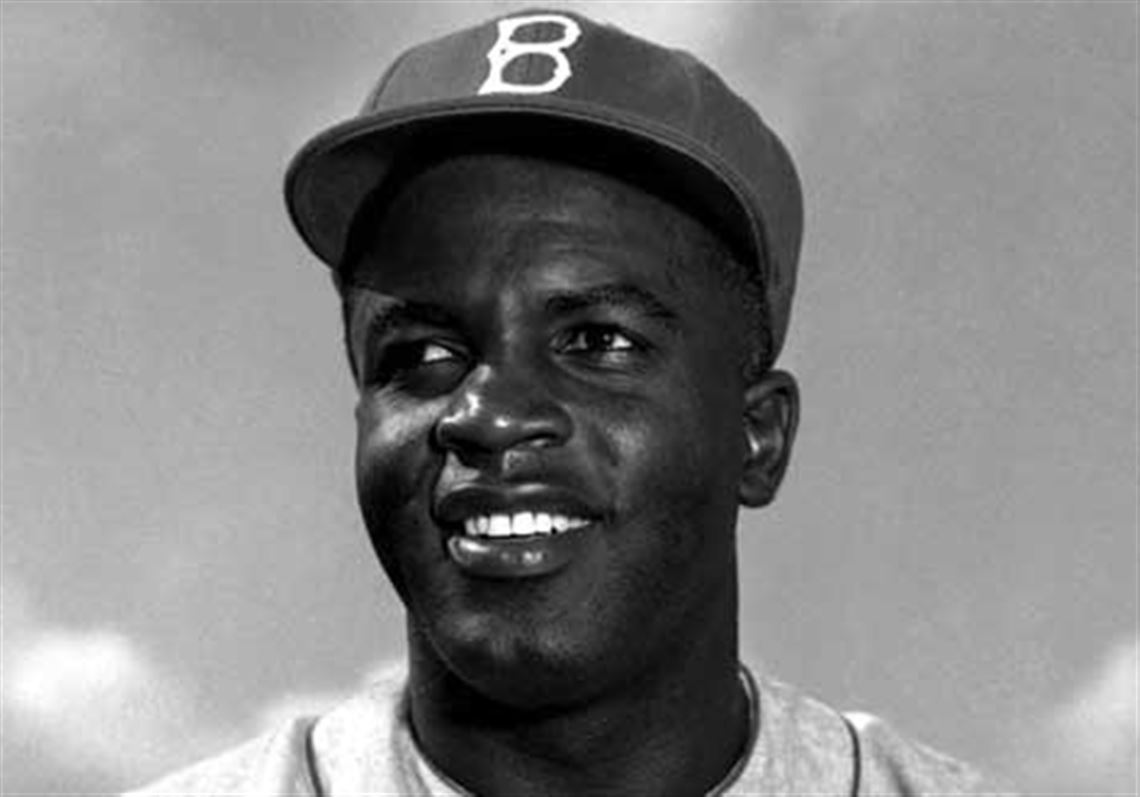 Jackie Robinson – A little known fact: Robinson was not the first Black player to play in the major leagues. It actually happened back in the 1870s when Bud Fowler pitched in games in Massachusetts. Also, Moses Fleetwood Walker and his brother Welday Wilberforce Walker played in 1884 for the Toledo Blue Stockings. Others joined as well until 1888 when Blacks were no longer permitted to play in the major leagues.
Jackie Robinson – A little known fact: Robinson was not the first Black player to play in the major leagues. It actually happened back in the 1870s when Bud Fowler pitched in games in Massachusetts. Also, Moses Fleetwood Walker and his brother Welday Wilberforce Walker played in 1884 for the Toledo Blue Stockings. Others joined as well until 1888 when Blacks were no longer permitted to play in the major leagues.
That stated, the thought of any Black player breaking the color barrier was unheard of until 1945, when Brooklyn Dodgers president Branch Rickey brought in the standout second baseman, along with Roy Campanella and Don Newcombe, to determine who would be the first to integrate the leagues. It was Robinson, however, who took the brunt of the racial epithets and rose above it to become the National League Rookie of the year in 1947, and eventually leading the Dodgers to a championship in 1955. Before that, he played for the Kansas City Monarchs, being induced to the Hall of Fame in 1977.
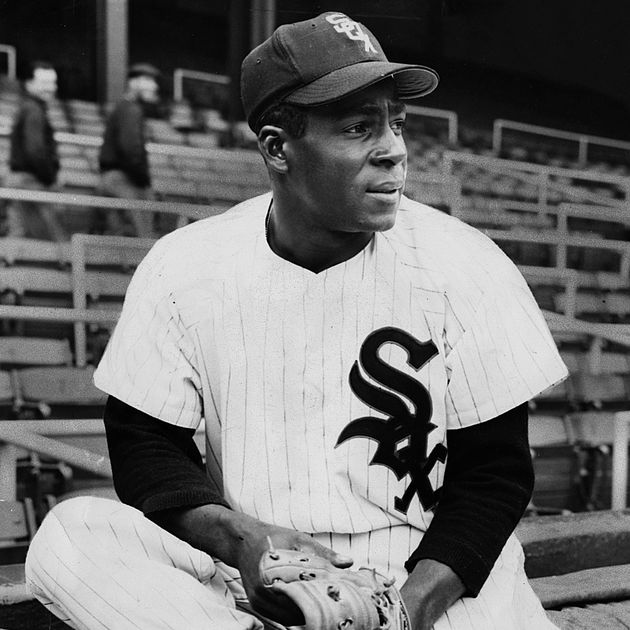 Minnie Minoso was the last Negro league player to play in a Major League game when he appeared in two games for the Chicago White Sox in 1980.
Minnie Minoso was the last Negro league player to play in a Major League game when he appeared in two games for the Chicago White Sox in 1980.
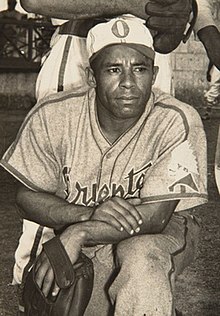 The Commonwealth of Virginia was a hotbed for great Black players as well, most notably Ray Dandridge. He played 22 years in the Negro Leagues, ranging from the Detroit Stars to the Bismarck Barons. Sporting a lifetime batting average of .355, he was inducted in the Hall of Fame in 1987. In addition to his hitting prowess, the third baseman served as a mentor to the great Willie Mays. For more information on the Black baseball players of Virginia and the state’s involvement in the Negro Leagues, visit the following link.
The Commonwealth of Virginia was a hotbed for great Black players as well, most notably Ray Dandridge. He played 22 years in the Negro Leagues, ranging from the Detroit Stars to the Bismarck Barons. Sporting a lifetime batting average of .355, he was inducted in the Hall of Fame in 1987. In addition to his hitting prowess, the third baseman served as a mentor to the great Willie Mays. For more information on the Black baseball players of Virginia and the state’s involvement in the Negro Leagues, visit the following link.

